Understanding Dot Pitch and Screen Resolution
Hey there! Have you ever wondered what makes your computer screen, i.e., display resolutions, sharp and clear? One important thing to know about is something called “dot pitch.” It might sound a bit technical, but don’t worry—I’ll explain it to you in a way that’s easy to understand. Let’s dive into what dot pitch is, why it matters, and how it affects what you see on your monitor. Along the way, we’ll also learn about screen resolution and how it works with dot pitch to give you the best viewing experience.

What is Dot Pitch?
Definition: Dot pitch is a term used to describe the distance between the tiny dots that make up the image on your computer screen. These dots are called pixels, and they’re the smallest parts of the image that your monitor can show.
- Measured in Millimeters (mm): Dot pitch is measured in millimeters. The smaller the number, the closer together the dots are. This usually means a clearer and sharper picture.
How Dot Pitch Works:
- Pixels on the Screen: Your computer screen is made up of millions of tiny dots called pixels. Each pixel can be a different color, and together, they create the images you see.
- Distance Between Dots: Dot pitch measures how close these pixels are to each other. If the dots are very close, you get a sharper image. If they’re further apart, the image might look a bit blurry.
Why Dot Pitch Matters
Sharpness and Clarity:
- Smaller Dot Pitch: A smaller dot pitch means that the dots are closer together, which can make your images and text look sharper and more detailed. This is great for reading fine text or seeing tiny details in pictures.
- Larger Dot Pitch: A larger dot pitch means that the dots are further apart, which can make the image look less sharp. You might notice this more when you’re looking at small text or detailed images.
Impact on Screen Quality:
- High-Resolution Screens: High-resolution monitors often have a smaller dot pitch. This helps in showing more detail and making the picture look clearer.
- Older or Budget Monitors: Older or budget monitors might have a larger dot pitch, which can make the screen look less sharp compared to newer, high-resolution screens.
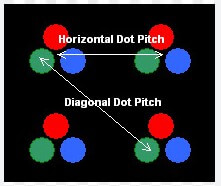
Types of Dot Pitch
Horizontal vs. Vertical Dot Pitch:
- Horizontal Dot Pitch: This measures the distance between pixels from left to right.
- Vertical Dot Pitch: This measures the distance between pixels from top to bottom.
Both measurements are important, but the overall dot pitch is usually given as a single number that combines both horizontal and vertical distances.
Standard vs. High Dot Pitch:
- Standard Dot Pitch: Most monitors have a standard dot pitch, which is fine for everyday use like browsing the web or watching videos.
- High Dot Pitch: High-end monitors with a very small dot pitch are used for tasks that need a lot of detail, like graphic design or professional photo editing.
How to Find Dot Pitch
On Monitors:
- Check the Specifications: When you’re buying a monitor, look at the specifications listed by the manufacturer. Dot pitch is often included there.
- Ask the Seller: If you can’t find the dot pitch information, ask the store or online seller for details. They should be able to tell you.
On Old Monitors:
- Older Monitors: Dot pitch might be harder to find for very old monitors. In that case, you might need to look up the model number online and check the manufacturer’s website or old reviews.
Dot Pitch and Screen Resolution
Resolution Explained:
- Resolution: Resolution is the number of pixels your screen can show. Higher resolution means more pixels, which can make images look sharper.
- Dot Pitch and Resolution: A higher resolution usually means a smaller dot pitch. This helps the monitor show more details clearly. For example, a 4K monitor will have a smaller dot pitch than a 1080p monitor.
Examples:
- 1080p Monitor: A Full HD monitor might have a dot pitch around 0.25 mm. This is good for general use and looks clear for most tasks.
- 4K Monitor: A 4K monitor might have a dot pitch as small as 0.15 mm. This makes it look very sharp, perfect for detailed work like graphic design.
How Dot Pitch Affects Different Uses
For Office Work:
- Clear Text and Images: A smaller dot pitch is great for office work where you need to read text and view detailed documents. It helps in reducing eye strain and making everything look crisp.
For Gaming:
- Smooth and Detailed Graphics: In gaming, a smaller dot pitch helps in rendering detailed graphics and fast-moving scenes more clearly. It makes your games look more realistic and immersive.
For Multimedia:
- Movies and Videos: When watching movies or videos, a smaller dot pitch enhances the clarity of the visuals. It ensures that you see more detail in the images and videos.
For Professional Work:
- Design and Editing: For tasks like graphic design or photo editing, a smaller dot pitch is crucial. It helps in seeing fine details and working with high-resolution images more accurately.

Dot Pitch vs. Other Factors
Pixel Density:
- Pixel Density: Pixel density is another term related to dot pitch. It measures how many pixels fit into a given area. Higher pixel density (like in a 4K monitor) means smaller dot pitch and sharper images.
Screen Size:
- Screen Size and Dot Pitch: Larger screens might have the same dot pitch as smaller screens, but the larger screen can make the pixels more noticeable if the dot pitch is large. A high-resolution screen helps maintain sharpness even on bigger monitors.
Refresh Rate and Response Time:
- Refresh Rate: This is how many times per second the screen updates the image. A higher refresh rate doesn’t directly affect dot pitch but helps in smoother motion.
- Response Time: This is how quickly pixels change color. It’s different from dot pitch but affects how clear moving images look.
Understanding Screen Resolution
Definition:
Screen resolution is the number of pixels on a screen. It’s usually given in width by height (e.g., 1920×1080).
Why It Matters:
Higher resolution means more pixels, which gives you a clearer, more detailed picture. Imagine a mosaic—more tiny tiles make a more detailed image.
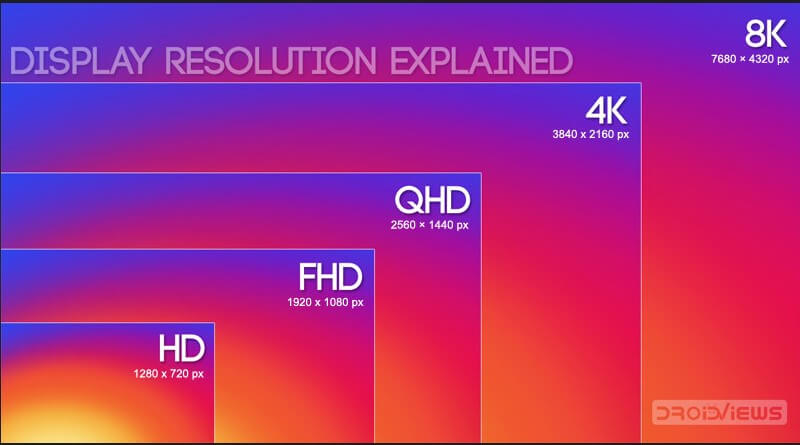
Examples:
- HD (High Definition): 1280×720 pixels
- FHD (Full High Definition): 1920×1080 pixels
- QHD (Quad High Definition): 2560×1440 pixels
- WQHD (Wide Quad High Definition): 3440×1440 pixels
- 2K: 2048×1080 pixels
- 4K: 3840×2160 pixels
How Dot Pitch and Resolution Work Together
Dot pitch and resolution together determine how sharp and clear your screen image is. Here’s a simple way to understand it:
- High Resolution + Small Dot Pitch = Super Clear Image
- High Resolution + Large Dot Pitch = Less Clear Image
- Low Resolution + Small Dot Pitch = Clear Image, but Limited Detail
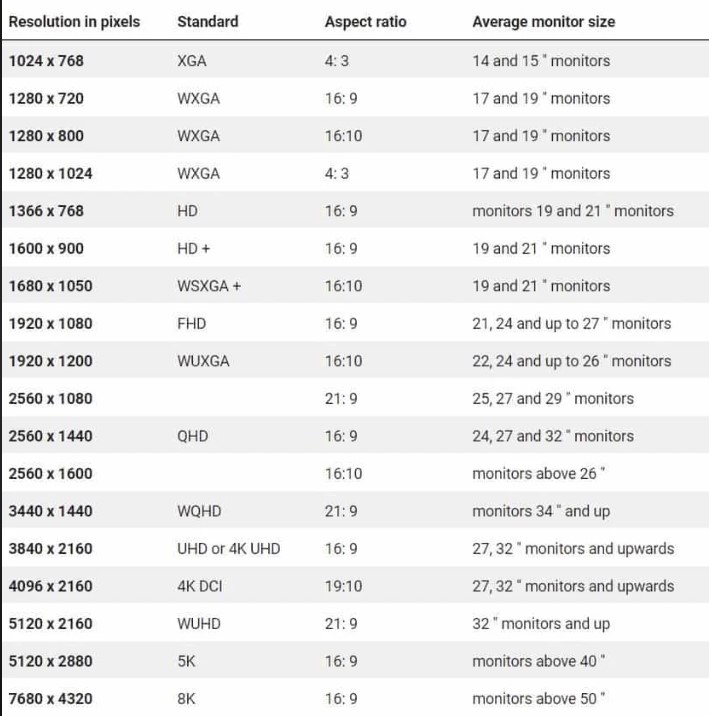
Examples for Different Resolutions:
- HD (1280×720):
- Resolution: 1280 pixels wide by 720 pixels high.
- Dot Pitch: Suppose it’s 0.30 mm. The image will be decent but not super sharp.
- FHD (1920×1080):
- Resolution: 1920 pixels wide by 1080 pixels high.
- Dot Pitch: With a 0.25 mm dot pitch, the image will be quite clear.
- QHD (2560×1440):
- Resolution: 2560 pixels wide by 1440 pixels high.
- Dot Pitch: At 0.23 mm, the image will be very sharp and detailed.
- WQHD (3440×1440):
- Resolution: 3440 pixels wide by 1440 pixels high.
- Dot Pitch: With a 0.21 mm dot pitch, the image will be wide and clear.
- 2K (2048×1080):
- Resolution: 2048 pixels wide by 1080 pixels high.
- Dot Pitch: At 0.24 mm, the image is sharp but not as detailed as higher resolutions.
- 4K (3840×2160):
- Resolution: 3840 pixels wide by 2160 pixels high.
- Dot Pitch: Suppose it’s 0.20 mm. The image will be ultra-clear and super detailed.
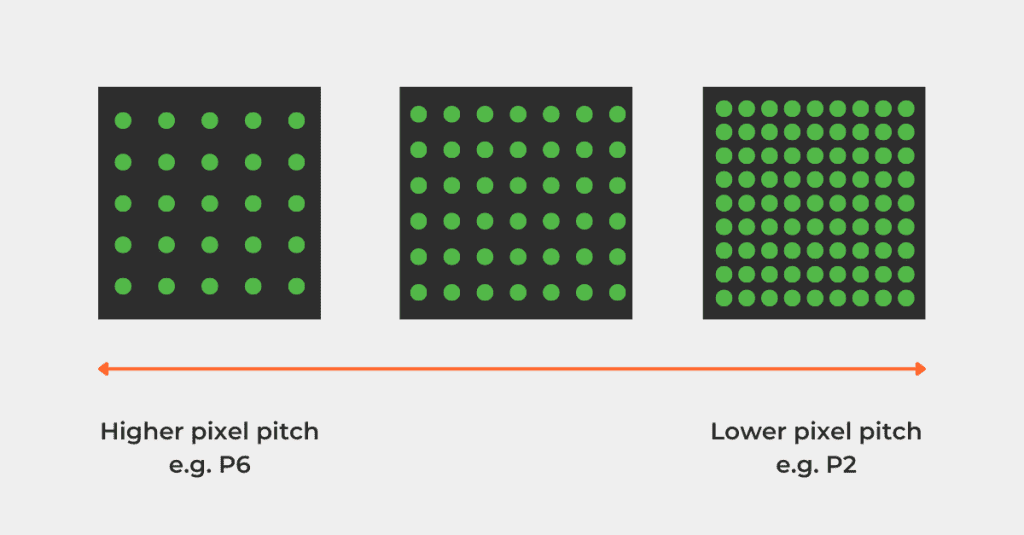
Dot Pitch and Resolution for Different Uses
Office Work:
- Clear Text and Images: A smaller dot pitch and higher resolution are great for office work where you need to read text and view detailed documents. It helps in reducing eye strain and making everything look crisp.
Gaming:
- Smooth and Detailed Graphics: In gaming, a smaller dot pitch and higher resolution help in rendering detailed graphics and fast-moving scenes more clearly. It makes your games look more realistic and immersive.
Multimedia:
- Movies and Videos: When watching movies or videos, a smaller dot pitch and higher resolution enhance the clarity of the visuals. It ensures that you see more detail in the images and videos.
Professional Work:
- Design and Editing: For tasks like graphic design or photo editing, a smaller dot pitch and higher resolution are crucial. They help in seeing fine details and working with high-resolution images more accurately.
Summary
Dot pitch is an important factor in determining how sharp and clear your monitor looks. A smaller dot pitch means closer pixels and a sharper image, while a larger dot pitch can make the image look blurry. When choosing a monitor, especially for tasks like gaming, multimedia, or professional work, considering the dot pitch helps ensure you get the best screen for your needs.
Screen resolution, on the other hand, is about how many pixels are packed into your screen. Higher resolution means more pixels and a clearer, more detailed picture. Together with dot pitch, resolution determines how sharp and clear the images you see are.
So next time you’re picking out a monitor, remember that dot pitch is like the “sharpness” setting for your screen, and resolution is like the “detail” setting. It might seem small, but it makes a big difference in how everything looks. Happy monitor shopping, and I hope this guide helps you find the perfect screen!

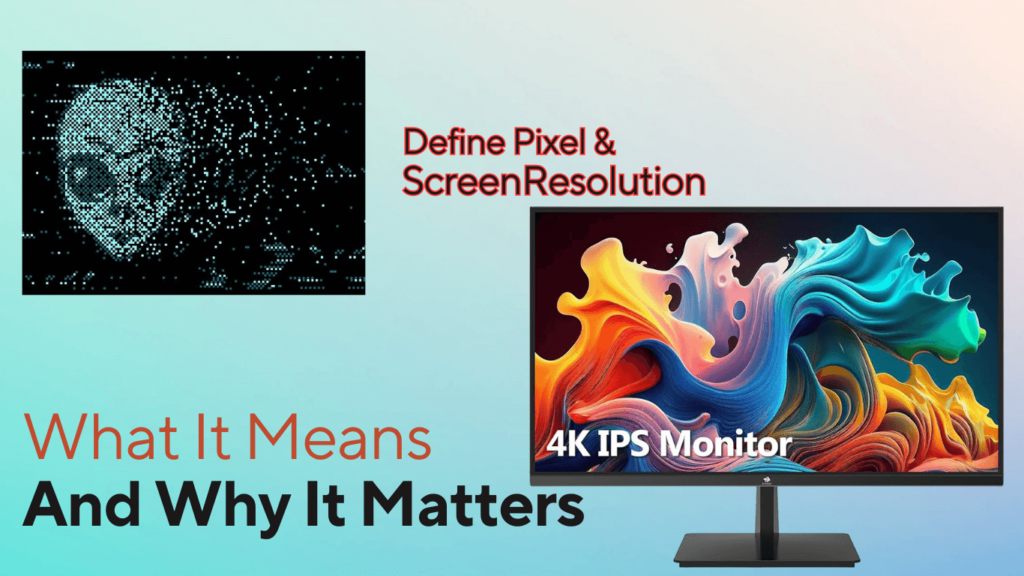




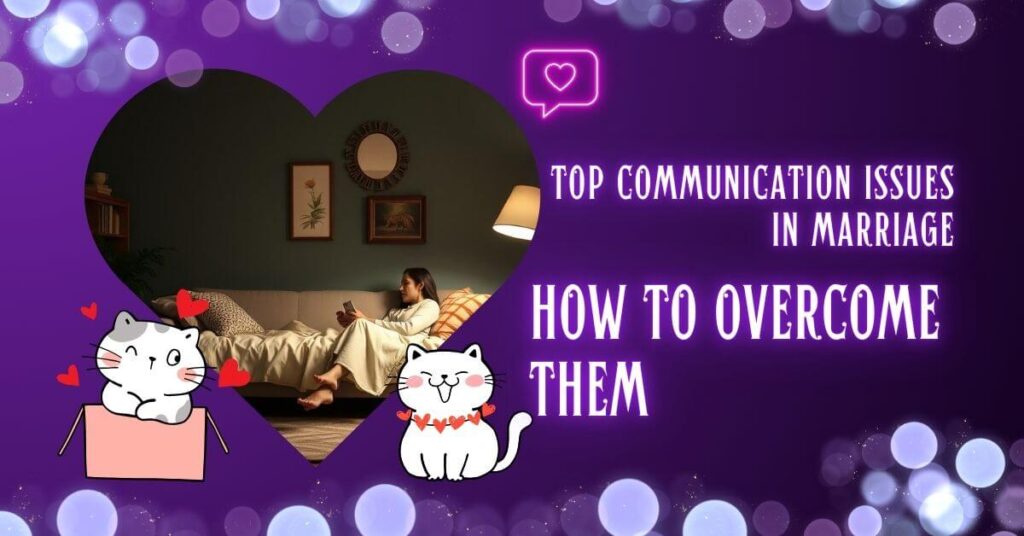



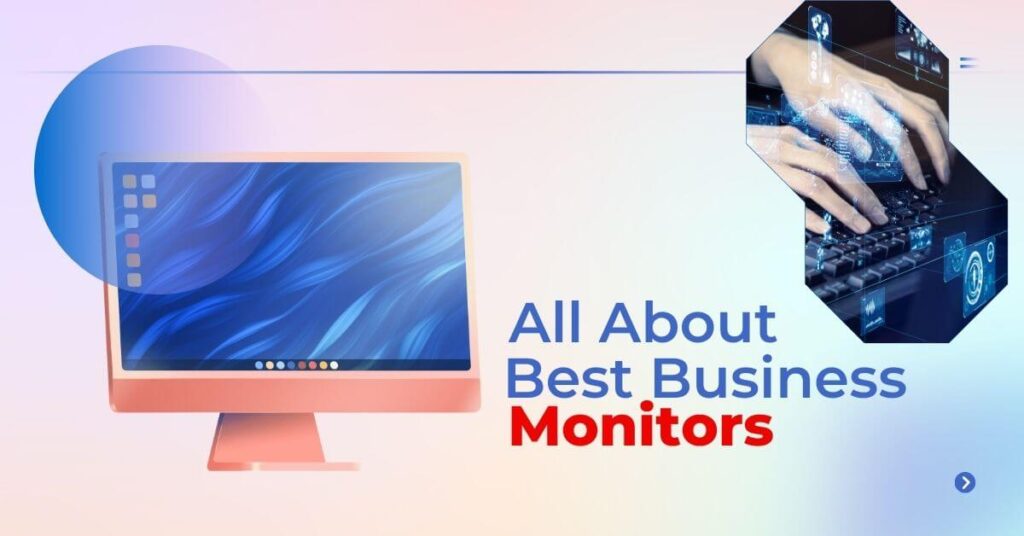


[…] refresh rate affects how smooth and clear everything looks on your screen. Imagine flipping through a book—if the pages flip slowly, the […]